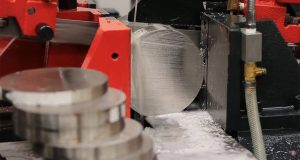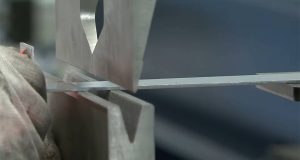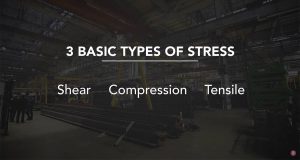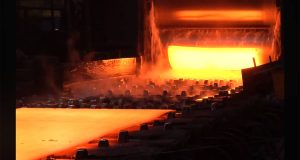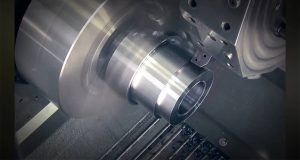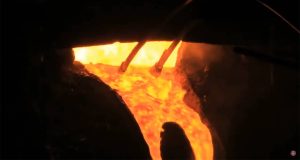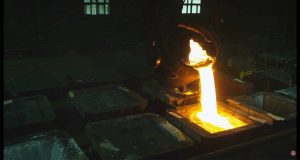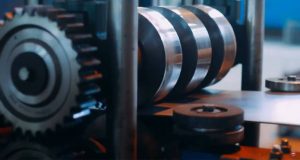Understanding the Challenge
Cutting hard-to-machine metals presents consistent demands on both operator skill and equipment quality. Metals like titanium, stainless steel, and certain high-strength alloys resist traditional cutting methods, often resulting in slower productivity, increased tool wear, and compromised surface finishes. Success lies in understanding the material and choosing the right approach for the job.
Common Traits of Difficult Metals
- High hardness that quickly dulls blades
- Toughness that leads to blade deflection
- Work hardening properties under heat or stress
- Poor thermal conductivity causing localized heat buildup
- Abrasive particles embedded in the material
The Role of Blade and Feed Control
Having the right blade paired with steady feed control can make a significant difference. Bi-metal and carbide-tipped blades perform better under stress, while controlled feed rates reduce the chance of overheating and blade bounce. Ensuring consistent pressure and clean cutting motion prevents premature wear and improves accuracy.
Setup Matters More Than You Think
How you prepare your workpiece and machine is just as important as the blade itself. Securing the material to eliminate vibration, checking blade alignment, and setting optimal cutting speed all contribute to better performance especially with high-resistance materials.
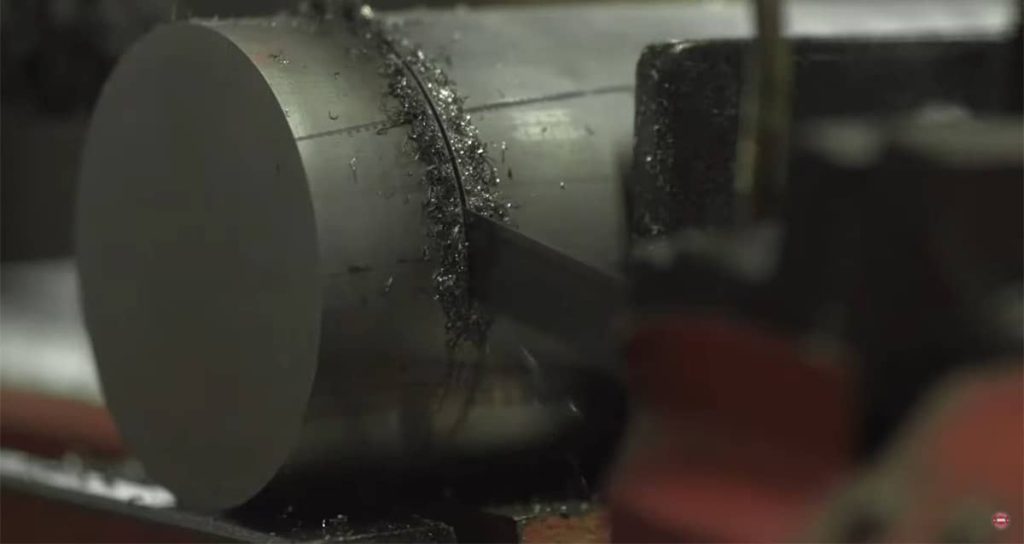
Machine and Blade Comparison
| Tool | Cutting Capacity | Notable Feature | Best Use Case |
|---|---|---|---|
| DeWalt D28770 | 4-3/4″ | Variable speed, work light | Heavy-duty corded applications |
| Makita XBP05ZB | 2″ x 2″ | Lightweight cordless, LED light | Tight spaces, light metal work |
| Bosch BSH180 | 2-1/2″ | Compact, clean cuts | Electrical, plumbing tasks |
Planning for Better Performance
While some users rely solely on tool specs, experienced operators understand the value of cutting strategy. Factors like material hardness, machine vibration, and coolant use often determine the difference between a clean cut and a damaged blade.
Quick Tips for Better Results
- Choose blades with fewer TPI for thick metals
- Use lubricants or coolants for smoother operation
- Let the saw do the work avoid forcing the cut
- Inspect blades regularly for wear
- Maintain correct tension and tracking

Test Your Knowledge: What Is Machinability?
Curious how much you really know about machinability and what it means for your cutting performance? Head over to sawbladeuniversity.com and take the “What is Machinability?” quiz. It’s a quick, informative way to challenge your understanding and pick up useful knowledge that can improve your results in the shop. Whether you’re new to the concept or looking to refresh your skills, this quiz is a great place to start.
Optimizing Blade Selection
- Bi-metal blades: Good for general use on hard metals
- Carbide-tipped blades: Best for high-volume, heat-resistant cuts
- High-speed steel (HSS) blades: Suitable for smoother, finer finishes
Learn More About TPI and Thin-Walled Materials
If you’re working with thin-walled tubing or sheet metal, selecting the right teeth per inch (TPI) can make all the difference in your results. For insights into how TPI affects cutting speed, finish quality, and blade life on delicate materials, take a moment to read our focused guide: “Why TPI Matters for Thin-Walled Tubing and Sheet Metal.” It’s a valuable resource for improving both precision and efficiency in your cutting projects.
Cutting hard metals doesn’t need to slow down your shop. By combining solid planning, dependable equipment, and a consistent process, you can extend blade life and improve results. Whether you’re cutting thick pipe or flat bar, smart strategies go a long way in helping you work efficiently with less wear on your tools.

